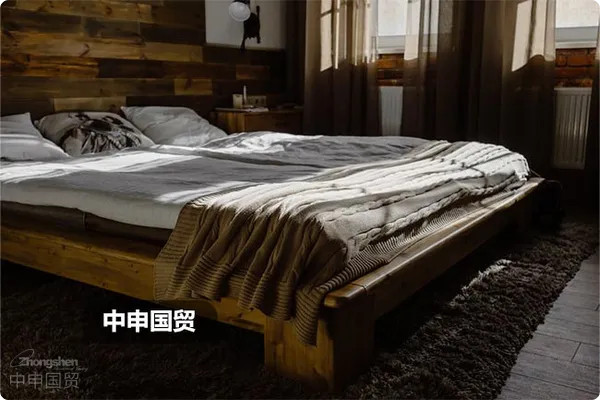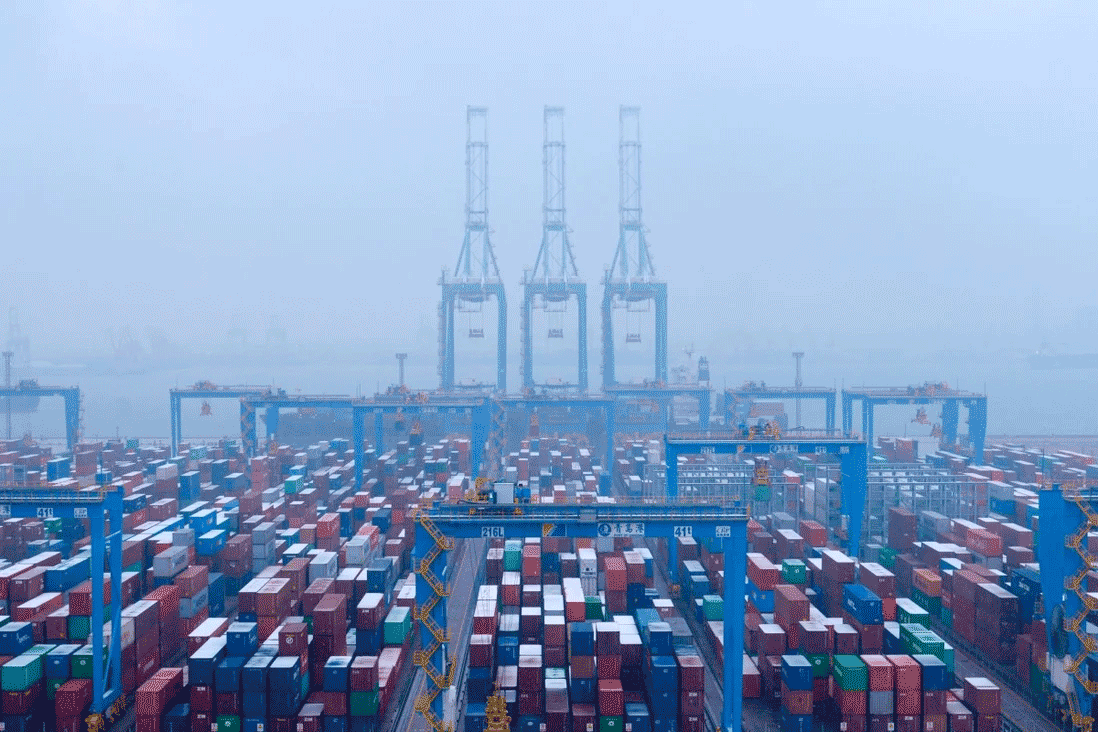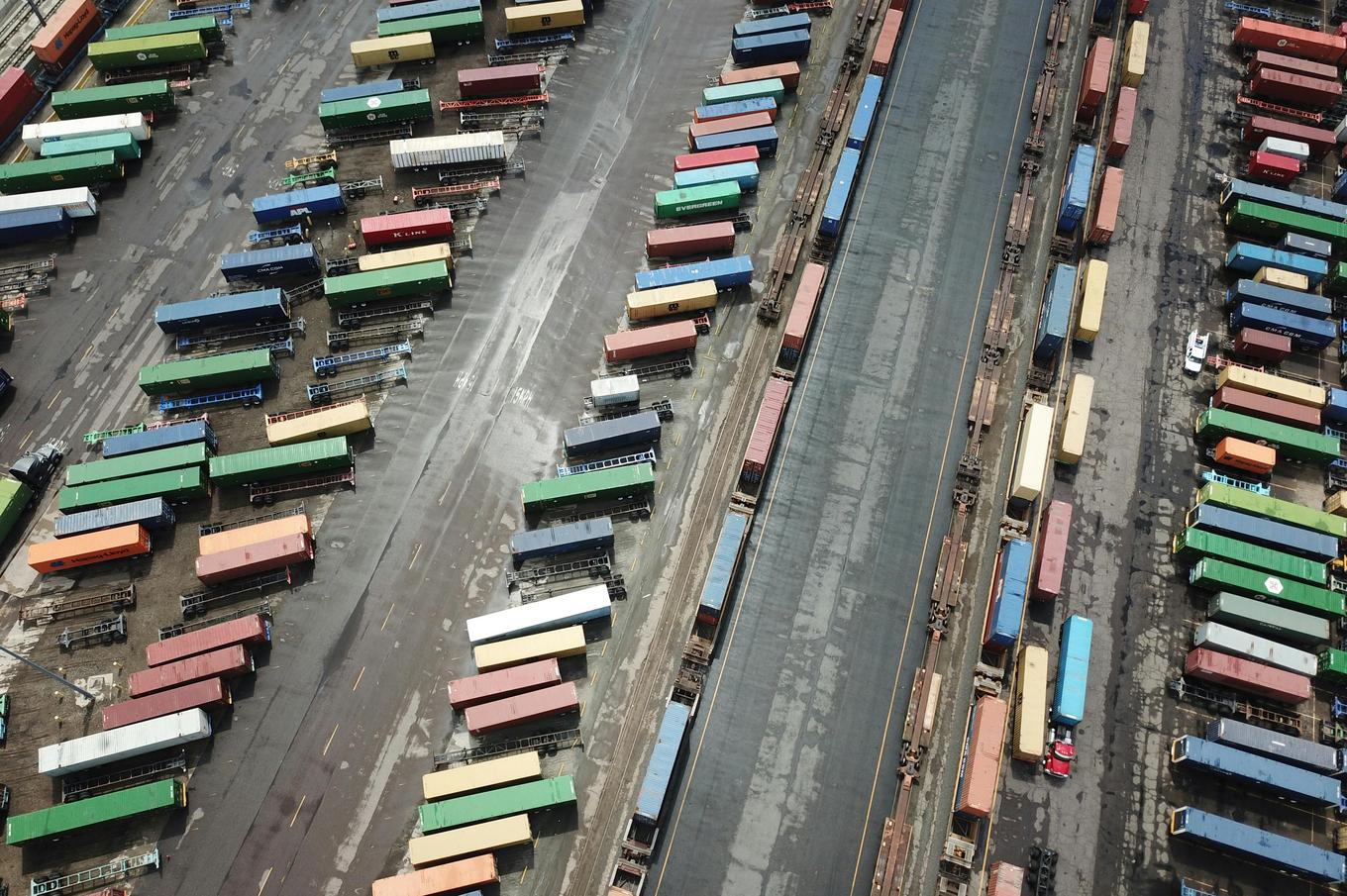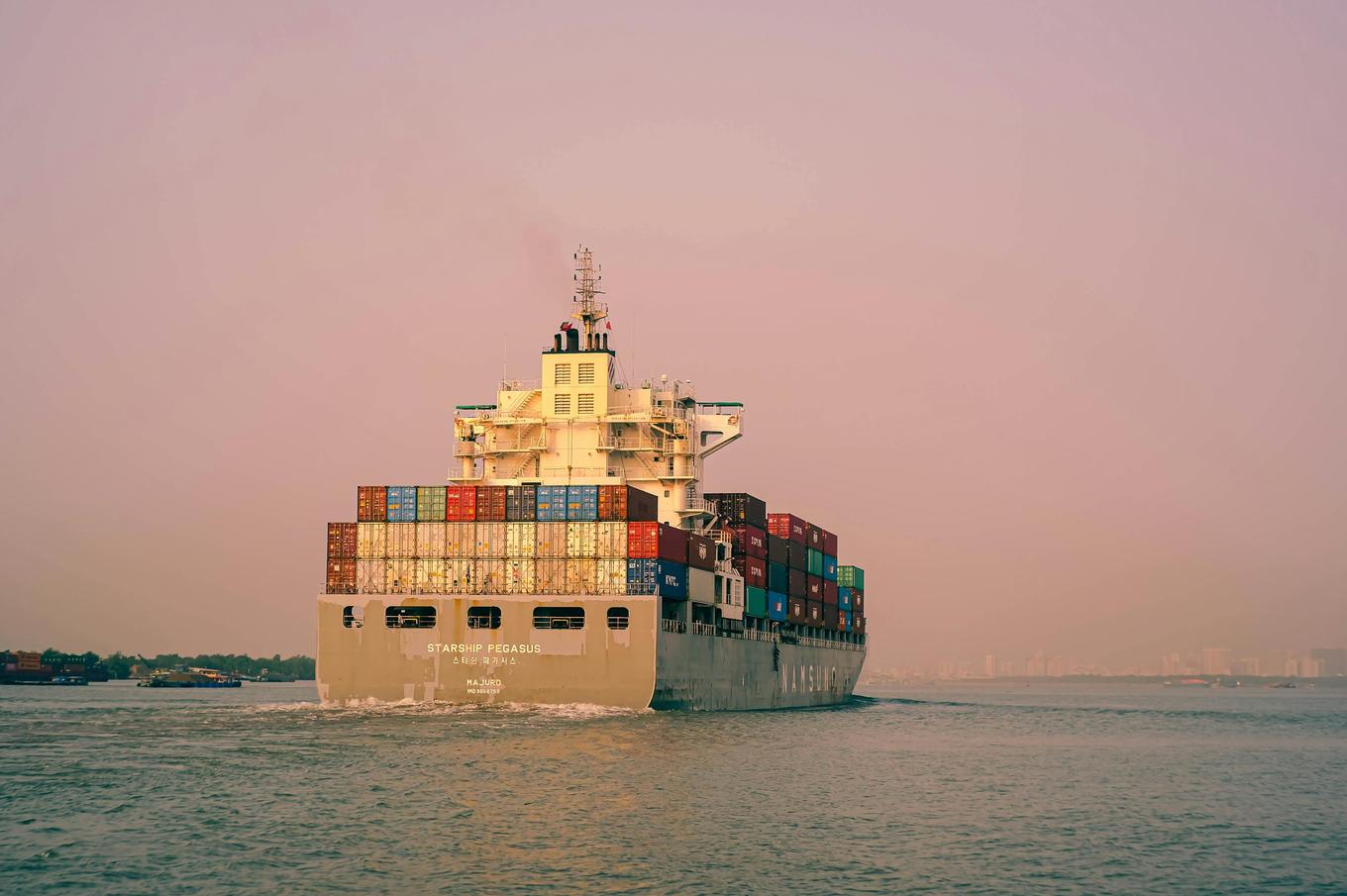- Shanghai Zhongshen International Trade Co., Ltd. - Two decades of trade agency expertise.
- Service Hotline: 139 1787 2118
On July 28, 2023, the U.S. mattress industry and several trade associations jointly filed anti-dumping and countervailing duty petitions against mattresses imported from 13 countries and regions (including Southeast Asian and Eastern European countries). Among these, the highest anti-dumping duty rate reached 1094%. This move has significant implications for global mattress manufacturers and exporters, forcing them to seek countermeasures such as third-country transshipment models.

Background and Impact of the New U.S. Policy
In recent years, the global trade environment has become increasingly tense, particularly in the areas of anti-dumping and countervailing measures. The U.S. mattress industry and related trade associations recently filed anti-dumping and countervailing duty petitions against mattresses imported from 13 countries and regions, which is not the first time. Notably, this petition primarily targets certain Southeast Asian and Eastern European countries, with significant variations in duty rates, the highest reaching 1094%.
This major policy adjustment has had a profound impact on global mattress manufacturers and exporters. Manyforeign trademanufacturers have been affected and are compelled to seek countermeasures. Particularly for enterprises whose primary export market is the U.S., this policy is undoubtedly a significant blow. Many companies have had to reassess their export strategies, and some have even been forced to exit the U.S. market due to the high anti-dumping duties.
Specific Scope of Anti-Dumping and Countervailing Measures
The U.S. anti-dumping and countervailing duty petitions cover multiple aspects and categories of mattresses. According to the HTSUS (Harmonized Tariff Schedule of the United States) classifications, the affected products are primarily divided into adult mattresses and youth mattresses, further categorized into innerspring mattresses, non-innerspring mattresses, and hybrid mattresses.
1) Innerspring Mattresses:These mattresses contain a series of interconnected metal springs, sized to match the mattress dimensions.
2) Hybrid Mattresses:These mattresses incorporate two or more support systems as their core, such as multiple layers of memory foam and innerspring units.
3) Non-Innerspring Mattresses:These mattresses are typically made of foam, such as polyurethane, memory (viscoelastic) foam, latex foam, etc.
Mattress products in these segmented markets will all be subject to anti-dumping and countervailing duties, further increasing operational pressure on manufacturers and exporters.
Countermeasures and Future Outlook
Faced with such high anti-dumping and countervailing duties, companies need to adopt effective countermeasures. Currently, the third-country transshipment model is considered a viable solution. After years of practice, the service network for this model has become sufficiently robust, and an increasing number of export enterprises are considering joining it.
The core idea of the third-country transshipment model is to export goods to the destination country (e.g., the U.S.) via a third country (not subject to anti-dumping and countervailing measures) to circumvent high tariffs and taxes. This not only helps companies reduce their burden but also reopens export markets blocked by anti-dumping and countervailing policies.
However, this model also carries certain risks and challenges, such as potentially increased transportation and operational costs, as well as the need to comply with more complex trade rules and regulations. Therefore, companies must conduct comprehensive risk assessments and preparations before adopting this model.
Related Recommendations
? 2025. All Rights Reserved. Shanghai ICP No. 2023007705-2  PSB Record: Shanghai No.31011502009912
PSB Record: Shanghai No.31011502009912










